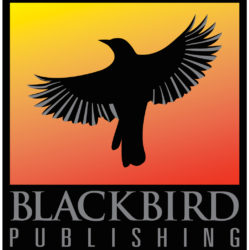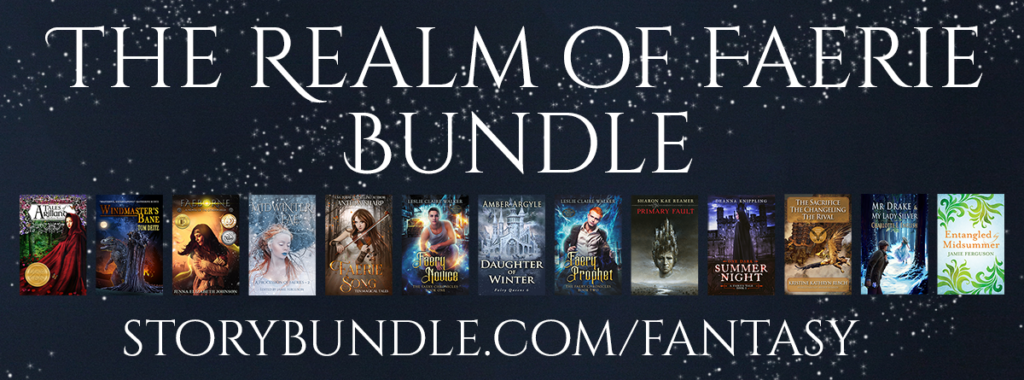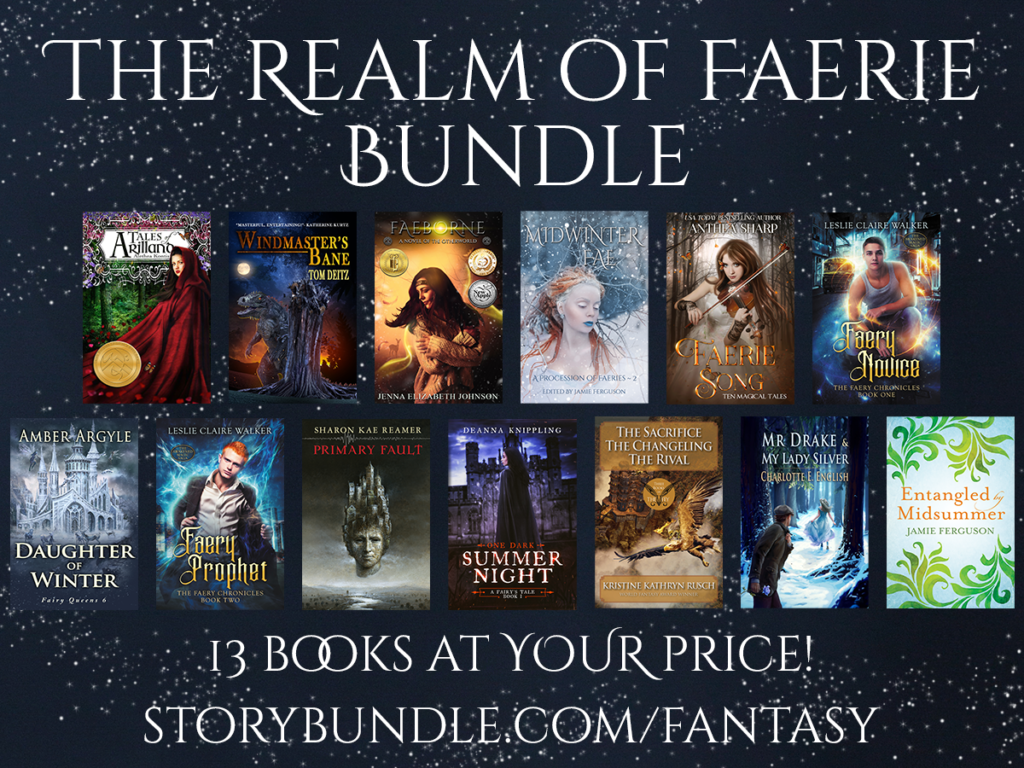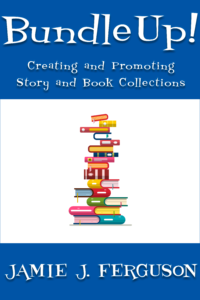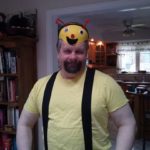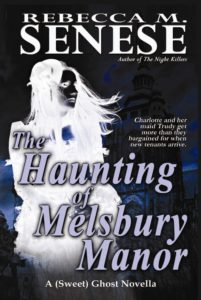Entangled by Midsummer combines faeries, magic, and ambition in a world where bargains are enforced by magic, love—or the semblance thereof—can be created by a spell, and the consequence of failure is deadly.
Entangled by Midsummer is available for a limited time in The Realm of Faerie bundle.
Enter the Realm of Faerie, a world of beauty, danger, and enchantment. But remember the legends if you want to make it back home again…
Excerpt
Merenna stared out at the ocean and watched the waves roll toward the shore, their never-ending rumble constant and soothing. Giant logs of driftwood lay scattered on the beach, brought inland by the winter storms, and here and there black chunks of basalt jutted out of the sand. Even in mid-June the Oregon coast was fierce and beautiful and wild, and was an unlikely place to find a faery.
Or at least that’s what Merenna hoped, since she very much wanted to not be found. She rested a finger on the sapphire pendant she always wore, a gift from her grandmother many years ago.
It was around three in the afternoon and the restaurant didn’t open until five, so she and Cù had the patio to themselves. A few tiny clouds dotted the summer sky, and a pair of seagulls flew overhead, cawing to one another. The lemon geraniums in the big clay pots scattered around the tables filled the afternoon with their sweet fragrance, and a steady stream of bees buzzed to and fro as they harvested pollen from the flowers.
Merenna tucked a stray lock of hair back under her straw sun hat, leaned back in her chair, and squinted at the horizon. The other day she’d walked barefoot along the beach, and the water had been so icy it had taken her breath away.
She shifted her weight and accidentally kicked the leg of the cedar table. The umbrella wobbled but stayed upright, which was a relief. It had taken her forever to figure out how to open it. There were so many, many things to learn here in the Land of Men. She’d been here for almost two months, and was finally beginning to feel comfortable among humankind, but there was always something new to learn.
Cù glanced up at her from his spot in the shade underneath the table. His face looked as if someone had run a wide, white paintbrush across his black fur, starting on his left ear and continuing across his muzzle. The skin around the eye on the white side of his face was black as night, as if someone had outlined his eye with kohl. Five years ago he’d shown up at her door one morning, a happy little puppy with a coat of black-and-white fuzz. She didn’t know where he’d come from, nor why, but since the moment she saw him look up at her, his white-tipped tail wagging, they’d been inseparable.
Merenna reached down and rubbed the top of Cù’s head, his fur soft against her skin. His tail thumped briefly, the long hairs on the tip moving as gently as feathers ruffled by a soft breeze.
It felt strange to spend so much time away from her people, and it would feel especially strange to not be among them to celebrate the summer solstice, which was only a few days away. Merenna could feel its presence, almost as though the solstice were a living entity prowling about just out of sight. This year she’d celebrate Midsummer on her own. All the years of parties and feasts and dancing, courtship and gossip, festivals and rituals, were now locked securely in the past.
She could always go back, of course.
If she chose to.
Merenna settled herself firmly into her chair and adjusted her straw hat.
—from Entangled by Midsummer by Jamie Ferguson
The Interview
You’re writing about the fae. What is it about the fae that draws you in to tell stories about them?
The faeries I write about are from a land that’s mystical, magical, and very, very old. I love creating tales about people and worlds that are similar to ours in many ways, but which also contain magic, wonders—and dangers—different from anything we face in our world, and which are often mysterious and sometimes (to us humans, at least) inexplicable. I like creating worlds and characters that feel vivid, magical, and real. I love thinking about what it would be like to be one of the fae, growing up and living in a world so similar to ours, and yet so different.
What would it be like to live in a world where unicorns, kelpies, and mermaids were real? Where you knew if you walked through a forest you might come across a satyr, or a dryad, or some other magical creature that you had never heard of before? What if naiads lived in every pond, lake, and river? Imagine being able to traverse great distances—or even walk between worlds—by following a pathway (a straight track)!
Writing about this type of world is really fun because there’s always something new, exciting, magical—and often unexpected!—around every corner.
In general, you seem drawn to mythology in a very practical way. Your characters, even the ones who don’t know anything about magic, seem to take magic—or whatever other strange rules occur in your settings—in stride. Why is that?
I’m generally a pragmatist. When something odd happens in my life I might have a moment of shock, panic, or whatever, and then think: okay…now what? So I write characters who, when faced with unexpected magical events, deal with them in this way.
This is usually a good approach in my real life, but it’s entirely possible that if I myself were faced with a strange and magical situation like those I put my characters into, I might not be quite as calm and practical. 🙂
What do you feel like the heart of your book is? Romance? Adventure? Mystery?
The story has elements of romance, adventure, and mystery, but at least to me it doesn’t feel like any of those are the “heart.” I feel like the heart of the book is about doing what matters—which is obviously not a genre 🙂 but that’s what feels like the right answer here.
Who’s your most favoritest character in Entangled by Midsummer? Who’s your least? Is anyone based on a real person (that you’re willing to reveal!)?
My favoritest character is Cù, the faery dog, of course! 🙂 I wrote the first part of this novel at a writing workshop on the Oregon coast in 2012. (The assignment was to write a short story, but as often happens to me in these workshops, I wrote the first chapter of a novel. Oops.) Initially Cù was a little different, more like the black dogs of folklore from the British Isles. Less than a year later we adopted our border collie Jasper, and mysteriously Cù’s appearance changed until he looked an awful lot like Jasper…fluffy, cute, black and white, and interested in chasing squirrels Cù is the only character based on someone real.
My other favorite character is Laran. Up until I wrote his first scene, I’d struggled with creating villains who were “bad” but also felt genuine and real. Laran’s character was so easy and fun to write that he made me think about my villains differently. My “bad guys” usually end up as mostly bad, not truly evil. Writing Laran made me realize that instead of trying to force them to fit into a mold, I should embrace their complexity.
I don’t seem to have a least favorite character. Each one of them feels like they’re important and play an important part in the story, so it’s hard to think of a least favorite. It’s more that some play smaller or larger parts.
What are your plans for other stories set in this world? Will they be about the same characters?
I have grand plans for this world! Although I should actually say “this universe,” as in Entangled by Midsummer there are multiple worlds that are accessible by the straight tracks (paths) that run between them. My immediate goal is to continue to write short stories in this universe, partly to work out some of the background, and partly because I’ve really enjoyed the short stories I’ve written in this universe so far. I have a series of 4-5 books planned, and am about a third of the way through the first book. There’s also another story about the Lady of Winter, who Laran mentions at one point, that I think will be a standalone novella.
The only one of my short stories (so far) that includes any of the same characters is “The Faery’s Choice,” which is in the anthology The Faerie Summer. A much younger version of Táinar, one of Laran’s liegemen in Entangled by Midsummer, appears in this story. Some of the characters in the planned 4-5 book series have already appeared in a few short stories. Including the same characters in multiple stories is a great way to tie all the stories together, plus it’s fun to explore some of the characters in more detail.
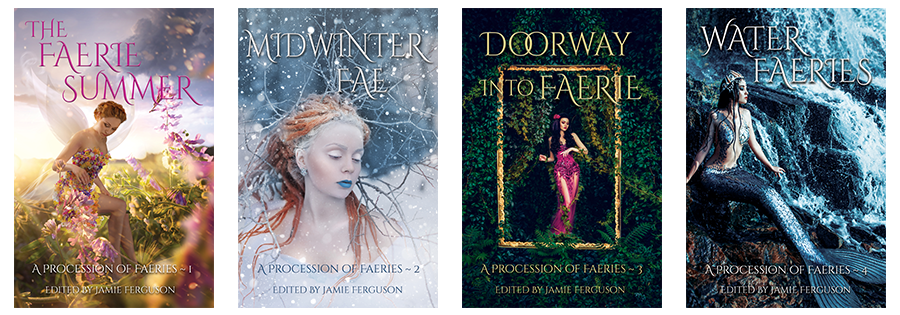
If you could take a research trip anywhere in the world (no, you can’t go to Faerie) for this series, where would you go next?
Ireland and Scotland. I don’t have anywhere specific in mind, but I’m sure there are many places in both countries that would be wonderful places to do research. I’d like to visit henges, forts, and temples, and see whatever is left of the buildings people built thousands of years ago. I’d like to stand on the land next to the sea, smell the salt air, and imagine what it would have felt like to live in a time when people believed in the Tuatha Dé Danann, or the Aos Sí.
What’s the best piece of research you did for this book that you didn’t have a chance to use?
I learned a lot about the black dogs of folklore from the British Isles. Most of what I learned turned out to not be a good fit for Cù’s character, but I’m using some of this research for a dog in one of the novels in the 4-5 book series. We’ll see what this ends up being in the final draft, but the current version incorporates the idea that these dogs are associated with crossroads and ancient pathways.
What books did you read as a young adult or adult that you feel you drew most on for Entangled by Midsummer?
I’ve actually been thinking about this recently, trying to remember what my main influences were so that I can go back and reread them. The list I’ve come up with so far includes Tom Deitz’ David Sullivan series and Julian May’s Saga of Pliocene Exile. I was also influenced by a number of books about King Arthur and Merlin that had magical/mystical elements, like The Mists of Avalon by Marion Zimmer Bradley, and Mary Stewart’s Merlin Trilogy. I’m sure there are a lot of other books I’m forgetting. I’m putting together a list of books that I know and/or suspect influenced me, and am adding them to a shelf on Goodreads.
What else do you have coming out recently, or soon?
My short story “Goblin Road Trip” just came out in the second issue of Amazing Monster Tales. I co-edit this series, but I still need to get my stories past my co-editor (DeAnna Knippling, who is also my interviewer!). 🙂 Another story of mine, “A Different Turn,” came out recently in Crossroads Hotel, the 20th issue of the Uncollected Anthology.
What are you working on now, and what’s fun about what you’re writing?
I’m currently focusing on two projects. The first is a historical fantasy which starts in Pompeii in—surprise!—A.D. 79…right before Vesuvius erupted. I don’t yet know if this is a novel or a series…but I do know that it is really, really fun to write! This is one of those stories that practically writes itself. I’ve got the whole thing worked out in my head, and now just need time to type it up. My plan is to finish the first draft over the next few weeks, then let it sit for a while so I can do some historical research, and make sure I’ve got the facts as accurate as I can make them.
The other project is a cozy witch series set in Colorado. Like Entangled by Midsummer, this idea came out of a short story assignment at a writing workshop…and again, what I wrote turned out to be the first chapter in a novel. I’m not doing any more writing on this project until I finish the first draft of the historical fantasy, but I am allowing myself to make notes. I now have a lot of notes! 🙂 This project is fun in part because it’s set in Boulder, the town I live in, and I’m really enjoying incorporating elements of places I know.
About Jamie
Jamie focuses on getting into the minds and hearts of her characters, whether she’s writing about a saloon girl in the American West, a man who discovers the barista he’s in love with is a naiad, or a ghost who haunts the house she was killed in—even though that house no longer exists. Jamie lives in Colorado, and spends her free time in a futile quest to wear out her two border collies since she hasn’t given in and gotten them their own herd of sheep.
Find Jamie
Website ~ Facebook ~ Instagram ~ Pinterest ~ BookBub ~ Amazon ~ Twitter ~ Goodreads
Find The Realm of Faerie bundle!
This bundle is available for a limited time at StoryBundle.com/Fantasy.
Bundle buyers have a chance to donate a portion of the purchase price to the charities Mighty Writers and Girls Write Now!
